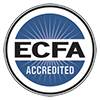What is Hanawon?
Hanawon has been described as part halfway house, part trade school and part reeducation center. Established in 1999, Hanawon is a South Korean government resettlement facility that all North Korean defectors must “graduate” from before entering into society. Hanawon is funded by Korea’s Ministry of Unification (MOU).
North Korean defectors take computer lessons at Hanawon. (Hanawon)
Facilities
The original Hanawon facility is located in Anseong of Gyeonggi Province, about an hour south of Seoul. It has grown over time to also include its own school and hospital facilities. To accommodate more defectors, a second center opened in 2012 in Hwacheon, Gangwon Province, which increased its capacity to house 1,100 people.
Entry
North Korean defectors go to Hanawon after passing through National Intelligence Service (or NIS) interrogations. This helps the South Korean government gather intel on the North and also ensures those seeking asylum in South Korea are not covert spies. Hanawon is heavily guarded to both protect residents and workers and to keep defectors from freely traveling outside. Volunteers are not allowed to bring cell phones and photos are restricted inside the facilities to protect the identity of its residents.
During their 12-week residency at Hanawon, defectors are taught a wide range of basic life skills from using an ATM, taking the subway to workplace etiquette and mobile phone usage. They are also given physical examinations and counseling sessions. They are taught about life south of the DMZ including general principles of democracy, basic human rights and how capitalism works. In addition to classroom education, group outings help familiarize North Koreans with banks, grocery stores and the use of public transportation.
Religious freedom is also something most North Koreans have not experienced. Volunteers from various religious groups (Buddhist, Catholic, Christian) routinely visit Hanawon to share their respective philosophies or faith and to hold services.
Life after Hanawon
At the end of their three months, North Korean refugees receive resettlement support including a base of 8M Korean Won (approximately $7,000 USD), housing arrangement and South Korea citizenship. Additional financial assistance is provided for the elderly and in the form of housing and education subsidies
Unless they have family in South Korea to live with/near, those coming out of Hanawon are put into a housing lottery. The lottery matches refugees with available subsidized housing in different cities across the country, making it difficult to stay near fellow Hanawon alumni.
Work life
Coming from a country almost half of a century behind in technology and culture, most North Koreans struggle to find their footing in everyday life. What was taught inside Hanawon classrooms doesn’t often translate to real life on the outside.
Many also find that the three short months of work etiquette training and learning the South Korean accent is insufficient to get hired. North Koreans share about the difficulties of finding a job and the stigma of their heritage that follows them into the workplace. Unable to secure stable work, many end up jumping around to different part-time jobs.
Only the beginning
Escaping North Korea and surviving the precarious journey to South Korea is only the beginning for these refugees. They must overcome discrimination and the hardships of adjusting to their new lives. Sadly, those unable to experience the prosperity and happiness they dreamed of finding in South Korea often fall into alcoholism, the sex trade or resort to suicide. This is why we opened Elim House in July 2020 (videos about our work in South Korea).




